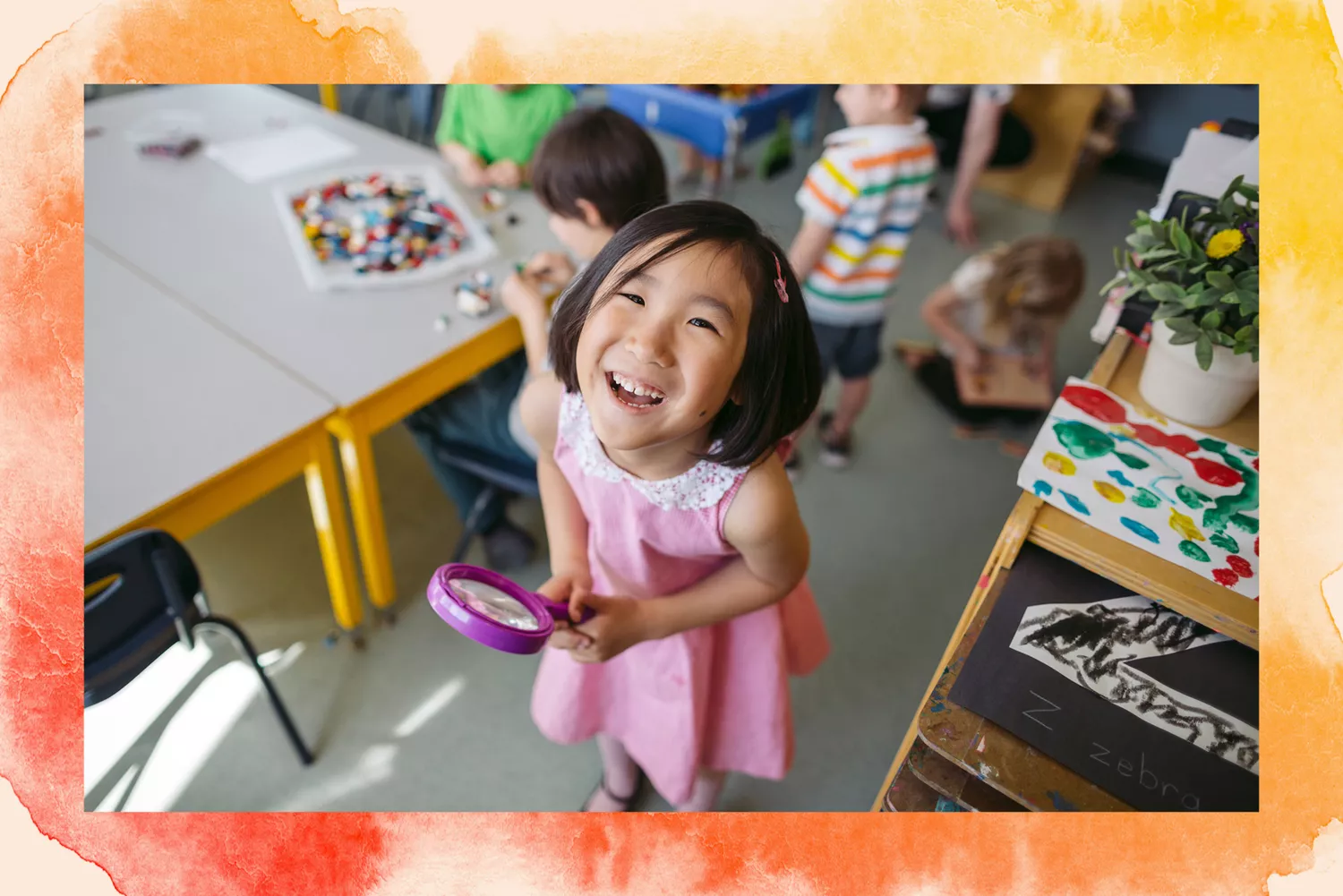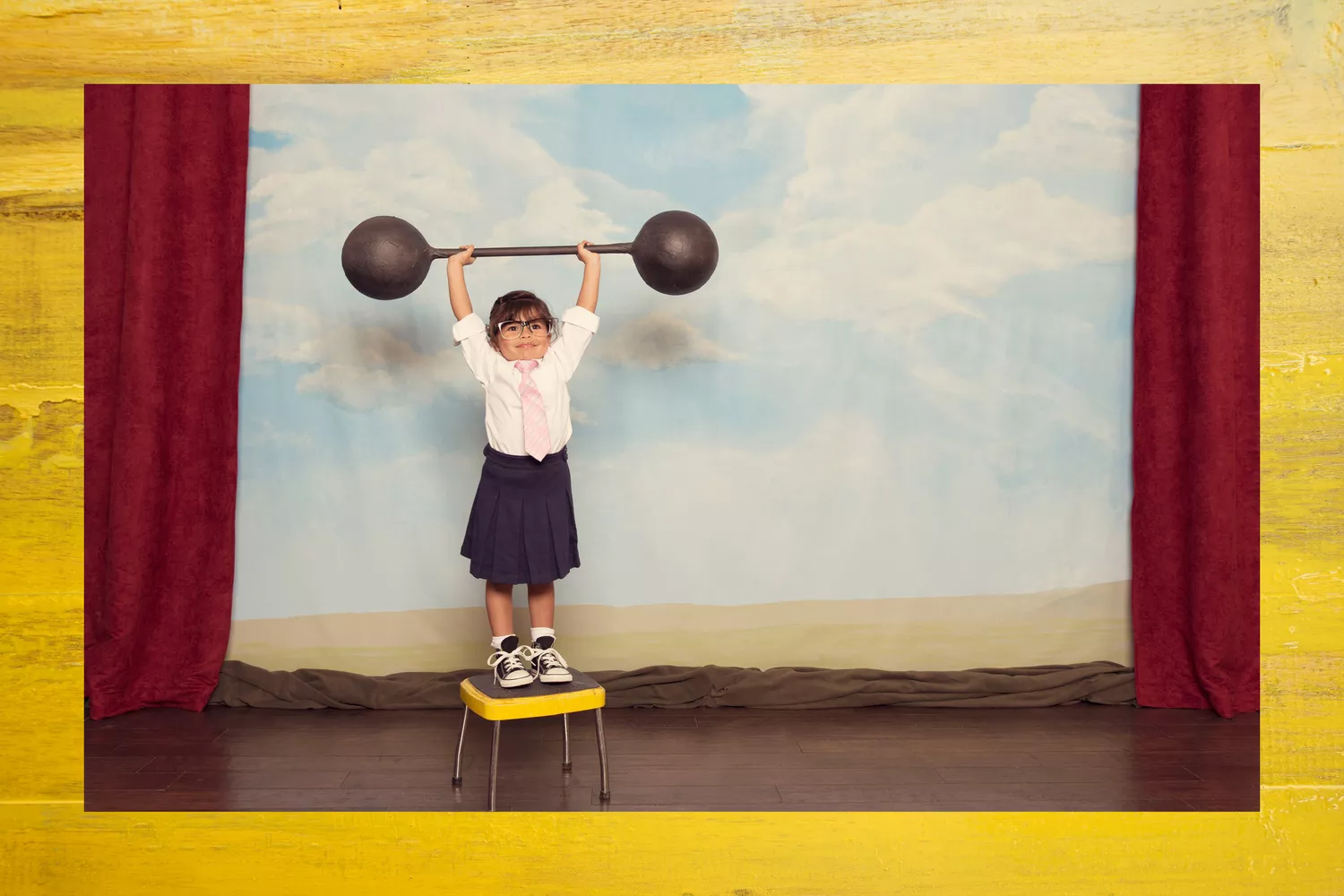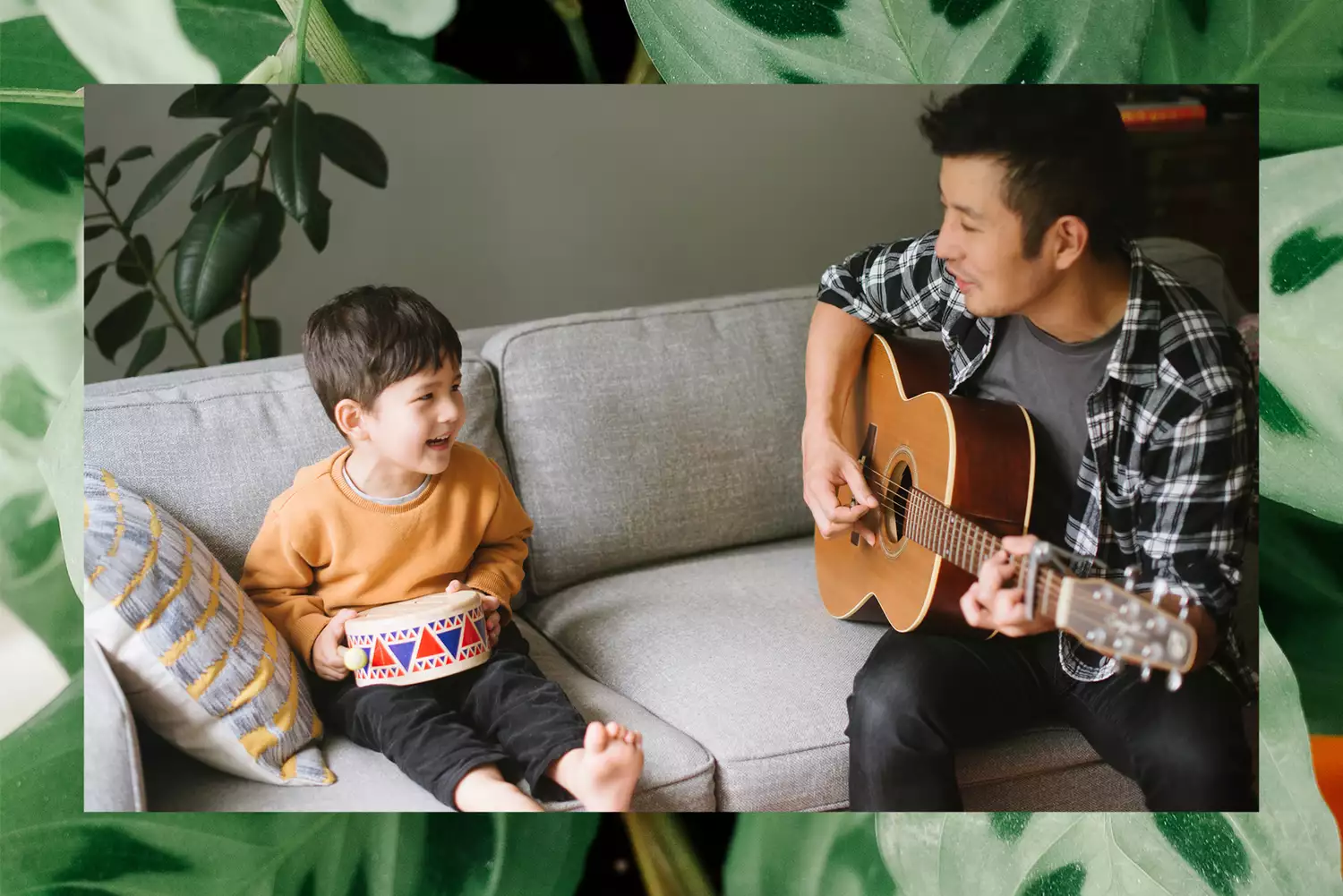How to Encourage Playful Learning in Children


Playing is how children learn. Kids learn better when they’re having fun. It’s important that young children have time to explore and have fun. They will engage in activities which support their development.
We’ll explain what play-based learning is, and why it is so important for kids.
Ages and Stages of Play
What is Playful learning?
It is any type of learning that takes place in a context where kids are having fun. It can be Self-directed Play such as filling up a bucket of sand and bouncing the ball in a field or at the beach, or more structured like a game such as Pictionary, or a challenge for kids to build something out of magnets.
When we let children play, they are able to develop a sense of curiosity and wonder. Lauren Starnes, PhD and EdD, child development expert and author of Little Conversations with Little Children and Chief Academic Officer for The Goddard School, says that a child learns by interacting with their environment, trying out new things and seeking out new experiences.
Playful Learning: Benefits
Learning through play has many advantages, and not just the fun factor. Here are a few reasons why children should be encouraged to learn through play.
Cognitive development
Play is the best method of learning. The learning process must be fun and engaging for us to retain the information. When we involve children in learning, we build on skills like sustained attention, motor skill, and social skills.
Playful learning stimulates the prefrontal cortex, enhancing problem-solving abilities and emotional control. Children develop their social skills when they play collaboratively.
Motivation is intrinsic
You want your child’s love of learning to grow, not just do the work required for a grade. Playful learning can help with intrinsic motivation and curiosity. Fun and learning go hand in hand from an early age.
Hands-on Learning
Playing allows children to tap into their natural a data-component=”link” data-ordinal=”1″ data source=”inlineLink” and data type=”internalLink”. Kids can tap into their natural style of learning by playing. Children learn best when they use their hands and bodies to make things.
Play helps kids to understand abstract concepts. Peretz says that a triangle is an abstract idea, with three edges and corners. Building triangles from sticks or having kids play a game in which they search for triangles all around the room helps make the concept more concrete and understandable.
Longer attention span
When children are able to maintain their attention and focus, they learn better. It’s therefore important to find ways of helping kids to stay focused and engaged. It’s important to make learning fun for children and allow them to take part in the process. Play elicits children’s curiosity and helps them to be more engaged. They also show a longer-lasting focus and attention. This leads to a stronger learning, says Dr. Starnes.
Encourage Playful Learning with These Tips
If left to themselves, kids will find ways to play. There are several ways adults can encourage playful learning.
Create a play area
Children will be more likely to engage in their environment if the space is thoughtfully prepared. It doesn’t have to be extravagant or fancy. Kids thrive in clean, simple spaces where they are safe and encouraged.
Make sure the toys and games in your space are easily accessible and visible to small children. Peretz says that a toy shelf at a child’s level that offers open-ended play and includes resources that children find appealing will encourage more engagement.
Use materials that are open-ended and allow the child to be in control, like Legos, plain wooden blocks, dolls or dress-up clothes. It is important to keep the space clean and organized. To keep the children interested, change out toys regularly. Try to select activities and games that relate to their current interests.
Encourage the freedom of movement
Children are often forced to listen and sit still. They should be able to move freely. Playful learning will be encouraged by finding ways to include movement. It also means that children should be allowed to move in any way they choose, including standing up to draw, or lying down to read.
17 Fun Learning Games for Kids
Foster social interaction
As children grow older, they become more socially oriented. Play becomes more collaborative by the middle of elementary school. Dr. Starnes says that “playful learning creates an upbeat and relaxed social and emotional environment for the child.” “The child is not under pressure to show learning, but can instead actively engage in what they see as a fun and social interaction with the other children or the adult.”
Choose to Incorporate
Try to include choices in your child’s game. Allow them to make decisions about what they want to play with, and how long. If you are leaving crafting materials on the table, ensure that there is a wide variety of materials and colors to choose from. Let your children direct their own play when they are outside.
Fun learning
Learning should be enjoyable. There are simple ways to make learning more fun when it seems like it’s a chore. You can make the lesson more fun by doing anything you can to make it seem like a game. Instead of giving the kids a worksheet of math problems, you can write them down and hide them around the room. It’s a great way to get kids moving and have fun. Children can dress up as historical figures or literary characters they are studying and perform a scene.
Encourage curiosity
It is our responsibility as adults to encourage this curiosity. This can be done by modeling curiosity and praising the wonder of your child. Ask your child open-ended, non-restrictive questions and have a conversation with them about the possibilities of their answers.
Be aware of your child’s interests, and try to make them more prominent. If your child is showing an increasing interest in dinosaurs for example, you can provide them with realistic dinosaur figures and books on dinosaurs. Visit a dinosaur museum.
Allow time each day for unstructured play. Children need to be able to explore their interests without being directed. We just need to allow children to access their curiosity.
5 Benefits to Pretend Play
Support Playful Learning
It is important to provide a safe and inviting environment for your child to be able to play. The outdoors can be a great place for your child to learn through play. It could be your backyard, a nearby creek, or even a sandy shore. It could also be a playground in the neighborhood. Indoor learning areas don’t require a lot either. It’s enough to have a few open-ended games, art supplies and a dressing-up box.
By taking a step away, parents can support their child’s play-based learning. You may be tempted to make suggestions, or feel like you are helping your child. These brain connections are strengthened when children explore, experiment and make their choices.











